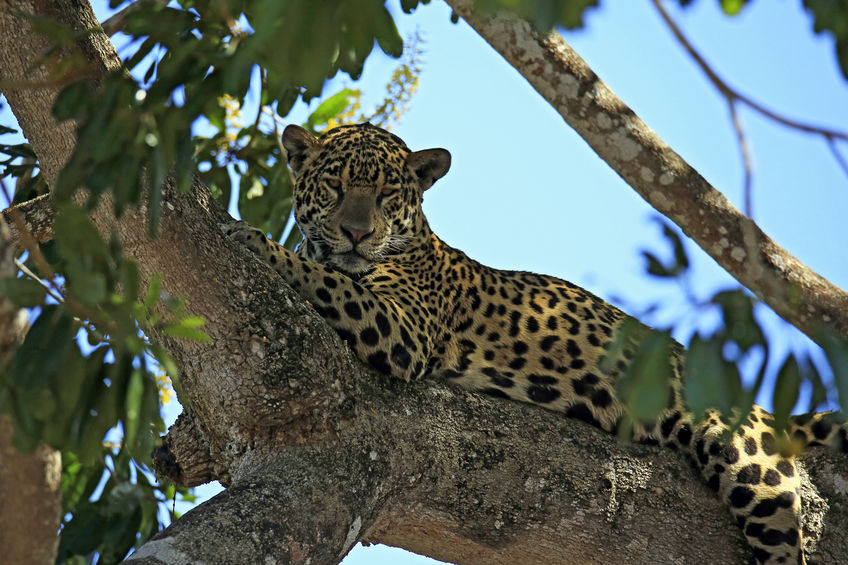In a significant decision involving the Endangered Species Act (ESA), the 10th Circuit Court of Appeals March 17 ruled that the U.S. Fish & Wildlife Service’s (FWS) 2014 designation of 764,207 acres (about 115 square miles) of land in Arizona and New Mexico as “critical habitat” for the jaguar was “arbitrary and capricious” and declared FWS’s action illegal.
The designation of critical jaguar habitat by the Obama FWS was challenged by the New Mexico Farm and Livestock Bureau, New Mexico Cattle Growers’ Association, and the New Mexico Federal Lands Council. In addition to the Interior Department’s FWS, the ultimately victorious New Mexico groups named the Arizona-based Center for Biological Diversity in the suit. The plaintiffs were represented by the Pacific Legal Foundation (PLF).
Consequences of the Illegal Designation
As pointed out by PLF, the illegal designation obstructed ranchers from getting grazing permits and to build corrals, fences, and stock ponds, even though only a few jaguars have been seen in New Mexico in the past several decades. The designation also created fire risks in fire-prone areas like Coronado National Forest.
The court’s decision comes after the U.S. Supreme Court ruled last year in Weyerhaeuser v. U.S. Fish and Wildlife Service that in order to designate property as critical habitat, agencies must prove that the area is both habitat and critical to the conservation of species.
The jaguar (Panthera onca) is the largest native cat in the New World and the third-largest in the world, behind the tiger and the lion. Adult males weigh in at a stately 250 pounds. The jaguar’s range stretches from Paraguay and northern Argentina in South America through much of Central America and Mexico, with occasional reports of young, free-ranging males being spotted in parts of the southwestern United States.
FWS’s history with the jaguar dates to 1972 when the agency listed the creature as a foreign endangered species under the Endangered Species Conservation Act, a precursor to the ESA. After the ESA became law in 1973, the fate of the jaguar languished for four decades until the Obama FWS issued a final rule designating critical habitat for the cat.
In Line with Trump ESA Reforms
It is not clear whether the Center for Biological Diversity will appeal the decision to the Supreme Court, a risky step in light of last year’s Weyerhaeuser ruling. The Trump administration no doubt welcomes the ruling because it is in line with the White House’s 2019 ESA reforms that, among other things, placed limitations on the designation of critical habitat.
